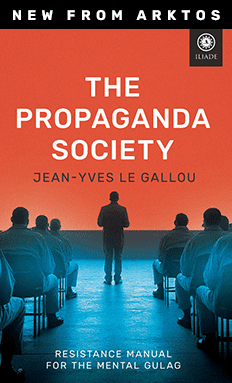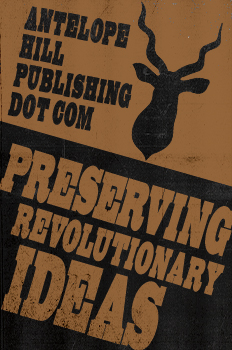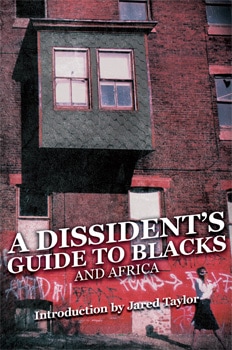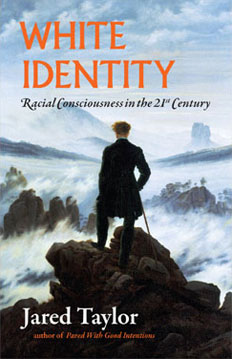Race-Colored Classes: The University Of Michigan Badly Needs MCRI.
Michael O’Brien, National Review, October 30, 2006
It’s hard to avoid being accosted by the affirmative-action activists in the center of campus during my walk to class.
My school, the University of Michigan, has become ground zero in the battle to end racial preferences over the past decade or so. That fight is culminating this November when Michigan voters head to the polls to vote on the Michigan Civil Rights Initiative (MCRI), which, if passed, would ban affirmative action in college admissions and state hiring.
What had previously been a campus simply obsessed with race is now consumed in a conflagration, determined to maintain affirmative action for years to come. Ever since 2003, when the Supreme Court upheld the university’s use of race in law-school admissions, the atmosphere on campus has become more radical and poisonous, with a preoccupation over “diversity” forced into almost every aspect of university life.
It is hard to avoid the token gestures walking through campus on a given day. Just last week, minority students on campus were encouraged to wear a gag to give everyone “a peek into life without [their] presence on campus.” They also held a mock funeral procession through the campus, mourning the presumptive death of platitudes like “progress” and “equality” should the MCRI pass. On campus that day I saw countless students — almost all of them black — gagged in symbolic protest. Apparently engaging in thoughtful discussion over affirmative action is beneath them.
What used to suffice as debate on campus has degenerated to simplistic, red-herring arguments. Affirmative action is needed because “powerful white men have golfing buddies who have kids who could really use a job,” one article in a campus publication argued.
Perhaps worst of all has been the university administration’s not-so-subtle public opposition to the MCRI. President Mary Sue Coleman, classified as a “public policy maker” in campaign-finance law, is allowed to blast the MCRI on any given occasion, despite the university’s being a non-profit institution. Just last month at a NAACP banquet, she praised the efforts of the radical 1970 Black Action Movement on campus, and waxed nostalgically about the university’s first adopting a quota for black students in 1973. In one speech on minority participation, she said in regards to affirmative action, “I think our kickoff today can be summed up in one word: More.”
In addition to this, university professors have produced countless shoddy polemics veiled as “research.” And “unbiased” panels featuring conspicuous opponents of the MCRI have been widespread, with some panelists reportedly telling crowds that even though they cannot officially state a position, “you all know the historical stance of the University of Michigan in defending affirmative action.”
Many good arguments have been proliferated demonstrating the need for the MCRI. But for those of us on campus, Proposition 2 means a little bit more.
The passage of the MCRI would not only simply eliminate the unfair and damaging affirmative action policies in which my school has engaged over the past few decades. It would also force my school to come to terms with the monster it has become.
Schools like the University of Michigan have failed so many of their students by pursuing skin-deep “diversity” at all times, at all costs. Even when recent research from the Intercollegiate Studies Institutes reveals the shocking dearth of basic civics courses at schools like Michigan, my school makes “Race and Ethnicity” a curriculum requirement while not even mandating basic math courses to fill the “quantitative reasoning” requirement. The university argues that students instead need “exposure to questions focusing on the meaning of race and racism, racial and ethnic intolerance and resulting inequality, and comparisons with other types of discrimination.” Many of the history classes we do have are trivial; the ones about American history are dominated by a dialectic of race, class, and gender.
Meanwhile, when students in the university’s law school formed a “Christian Legal Society” and applied for the same student group status hundreds of other campus groups enjoy, it was given a hard time. Indeed, it was reported that “some administrators pushed for a harder line” against the group. The legal society’s sin was only its requirement that its leadership (not even its members) sign a document acknowledging their Christian faith. Had the group advocated a minority interest, the administration would have almost certainly embraced the group.
My school, like many other colleges and universities, has a serious problem with race. But the problem is hardly racism and systematic exclusion of minorities from access to higher education. If nothing else, schools have been overzealous to the point of unconstitutionality in their efforts to boost minority enrollment at all costs.
This has resulted in a crude disequilibrium in which all minority and obscure causes on campus are embraced to prove the school’s diversity bona fides, while anything associated with a campus majority is met with inertia on the part of the university.
The University of Michigan has let its institutional obsession with race and affirmative action distort and detract from its central purpose of providing its students with a truly meaningful education. Professors and administrators prod students at all times — from bulletin board postings to course themes — to see things in black-and-white, as it were. Most students could easily attest to the increased feeling of suspicion and borderline hostility on the basis of race that is encouraged by the University of Michigan’s policies. Race is the salient issue in classes from Sociology to Biology, and the insinuation (if not outright claim) by some that those who wish to cease this poisonous environment are outright racists is ever-present.
{snip}















